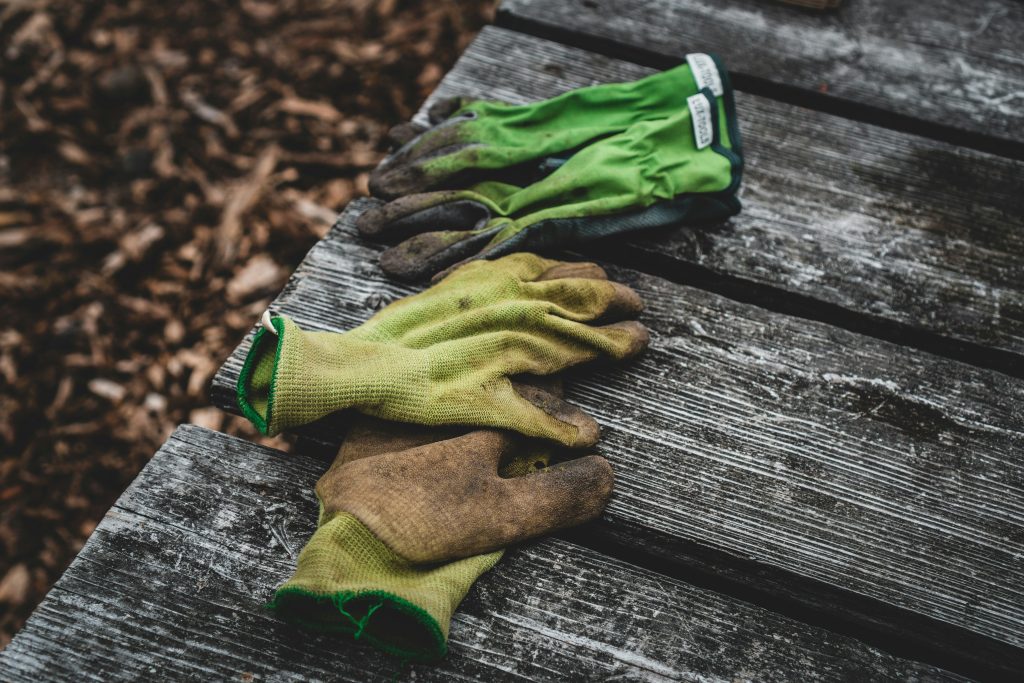
Photo by Jonathan Kemper
Water is a precious resource, especially in gardening where it’s essential for plant growth and health. However, with increasing concerns about water scarcity and environmental sustainability, it’s crucial to adopt water-wise gardening practices. By conserving water in the garden, we not only save money and resources but also promote healthier ecosystems and reduce our ecological footprint. Here are 10 tips for water-wise gardening to help you minimise water usage while maintaining a beautiful and thriving garden:
- Choose Drought-Tolerant Plants: Opt for native or drought-tolerant plant species that are well-adapted to your climate and soil conditions. These plants require less water and maintenance while still adding beauty and diversity to your garden landscape.
- Mulch, Mulch, Mulch: Apply a layer of organic mulch, such as wood chips, straw, or compost, around your plants to retain soil moisture, suppress weeds, and regulate soil temperature. Mulching also helps prevent evaporation and reduce the need for frequent watering.
- Water Deeply and Infrequently: Instead of shallow, frequent watering, encourage deep root growth by watering your plants deeply but less frequently. This encourages roots to grow deeper into the soil, where they can access moisture more efficiently and become more resilient to drought conditions.
- Water Early in the Day: Water your garden early in the morning to minimise water loss due to evaporation and ensure that plants have sufficient moisture to withstand the heat of the day. Avoid watering during the hottest part of the day, as this can lead to water wastage and potential damage to plants.
- Install Efficient Irrigation Systems: Consider installing drip irrigation or soaker hoses to deliver water directly to the root zone of plants, minimising water loss through runoff and evaporation. These systems are more efficient than overhead sprinklers and can significantly reduce water usage in the garden.
- Collect Rainwater: Take advantage of natural rainfall by installing a rain barrel or rainwater harvesting system to collect and store rainwater for use in the garden. This free and sustainable water source can supplement your watering needs during dry periods and reduce reliance on municipal water supplies.
- Monitor Soil Moisture: Use a moisture meter or simply dig down a few inches into the soil to check for moisture levels before watering. Only water when the soil is dry to the touch, as overwatering can lead to root rot and other moisture-related problems.
- Group Plants with Similar Water Needs: Grouping plants with similar water requirements together in the garden allows you to tailor your watering practices more effectively. This prevents overwatering or underwatering certain plants and ensures that each plant receives the appropriate amount of moisture.
- Capture and Reuse Household Water: Save water from cooking, cleaning, and bathing by capturing it in buckets or basins and using it to water your garden. This greywater recycling not only reduces water waste but also provides additional nutrients for your plants.
- Regular Maintenance and Soil Care: Keep your garden healthy and resilient by maintaining good soil health through practices like adding organic matter, aerating the soil, and improving soil structure. Healthy soil retains moisture more effectively and supports vigorous plant growth, reducing the need for excessive watering.
By implementing these water-wise gardening tips, you can conserve water, save money on your water bills, and create a more sustainable and resilient garden that thrives even in challenging environmental conditions. Let’s work together to protect this precious resource and ensure a greener and more sustainable future for generations to come.



